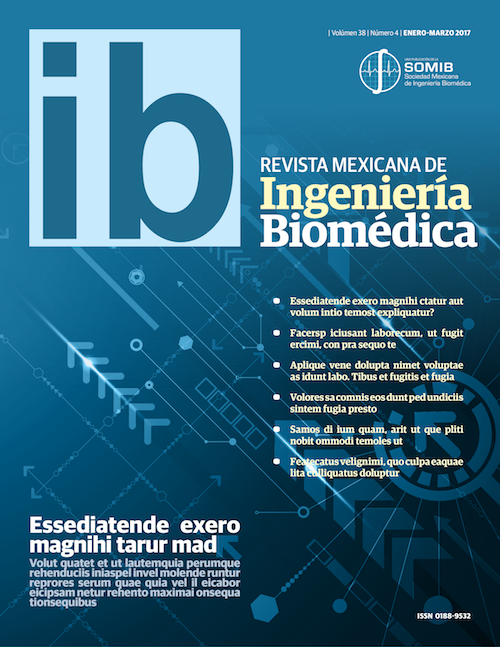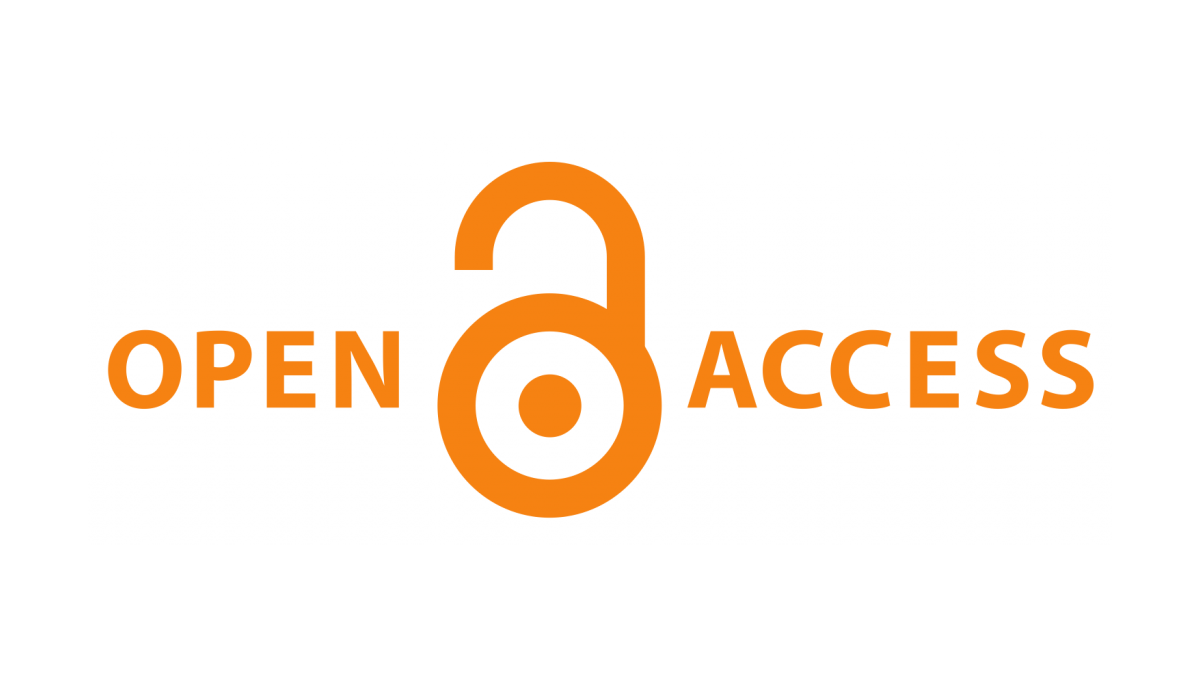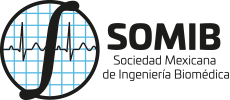Development of a computational tool for the analysis of galvanic skin conductance, EKG and respiratory rate due to respiratory sinus arrhythmia (SCRATER)
Keywords:
Computational tool, skin conductance resistance, ECG, respiratory rate, heart rateAbstract
The existence of a correlation between heart rate (HR), respiratory rate (RR) and skin conductance response (SCR) has been reported in the literature, as well as the use of these parameters as a measure of the activation level of the autonomous nervous system. This paper introduces a computational tool (SCRATER) developed with the aim to analyze simultaneous recordings of SCR, and heart and respiratory rates, which were calculated from the electrocardiogram recording (ECG) analysis. In this research, a detailed description of each developed algorithm was made, as well as a description of the interface to be used. In the validation of the algorithms used, 192 ECG records and 231 Electro Dermal Activity (EDA) registers of 40 healthy male participants were analyzed, from which the number of QRS complexes and HR in each ECG record and the number of SCRs of each EDA record are calculated. The data obtained were compared with other tools that analyze SCR and HR separately, obtaining comparable results using correlation coefficients.
The noise and artifacts present in the records do not allow a correct estimation of the parameters and affect the results of all the tools used in the development of this work. SCRATER offers three main advantages over other tools: 1) free access, 2) open source and 3) does not use coded or exclusive formats. This work provides a free computational tool that allows simultaneous analysis of SCRs, FC and FR.
Downloads
Published
How to Cite
Issue
Section
License
Copyright (c) 2017 R. Romo-Vázquez, H. Vélez-Pérez, F. J. Alvarado-Rodríguez, A. A. González Garrido

This work is licensed under a Creative Commons Attribution-NonCommercial 4.0 International License.
Upon acceptance of an article in the RMIB, corresponding authors will be asked to fulfill and sign the copyright and the journal publishing agreement, which will allow the RMIB authorization to publish this document in any media without limitations and without any cost. Authors may reuse parts of the paper in other documents and reproduce part or all of it for their personal use as long as a bibliographic reference is made to the RMIB. However written permission of the Publisher is required for resale or distribution outside the corresponding author institution and for all other derivative works, including compilations and translations.




